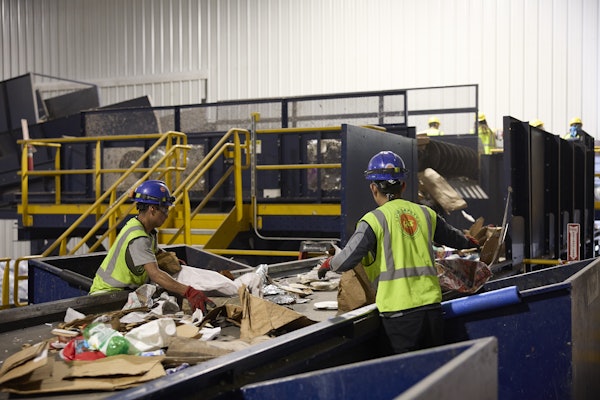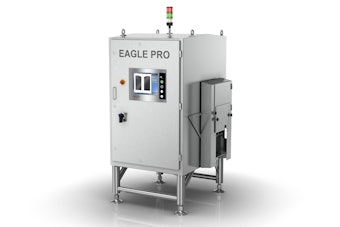
The results of European Bioplastics’ annual market data update, presented at the 9th European Bioplastics Conference in Brussels in early December, confirm the positive growth trend of global bioplastics production capacities, according to the organization. “The market is predicted to grow by more than 400 percent in the mid-term,” said François de Bie, Chairman of European Bioplastics.
The data, compiled in cooperation with the IfBB - Institute for Bioplastics and Biocomposites at the University of Applied Sciences and Arts in Hannover, Germany, and the nova-Institute of Hürth, Germany, show that bioplastics production capacity is set to increase from around 1.6 million tonnes in 2013 to approximately 6.7 million tonnes by 2018. Bio-based, non-biodegradable plastics, such as bio-based polyethylene and bio-based PET, are gaining the most. Polylactic acid is a major growth driver in the field of bio-based and biodegradable plastics, the data indicate.
Furthermore, the update shows that renewable and compostable plastics produced locally are likely to benefit from the new EU directive on the reduction of shopping bags. Flexible and rigid packaging remains by far the leading application field for bioplastics. “Besides this, a decisive growth can be observed in textiles and automotive applications. From functional sports garments with enhanced breathability to fuel lines—bioplastics are constantly spreading into new markets,” explained de Bie.
With a view to regional capacity development, Asia will expand its role as a major production hub. Most of the currently planned projects are being implemented in Thailand, India, and China. About 75% of bioplastics will be produced in Asia by 2018. In comparison, Europe—at the forefront of research and development—will be left with only roughly 8% of the production capacities. Additionally, other regions of the world such as the U.S. and Asia, will invest in measures “closer to market introduction,” which will result in a faster market development than in Europe.
























